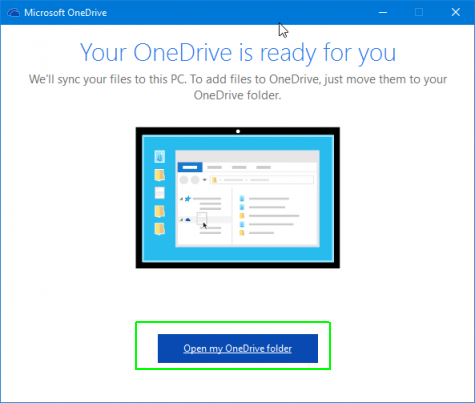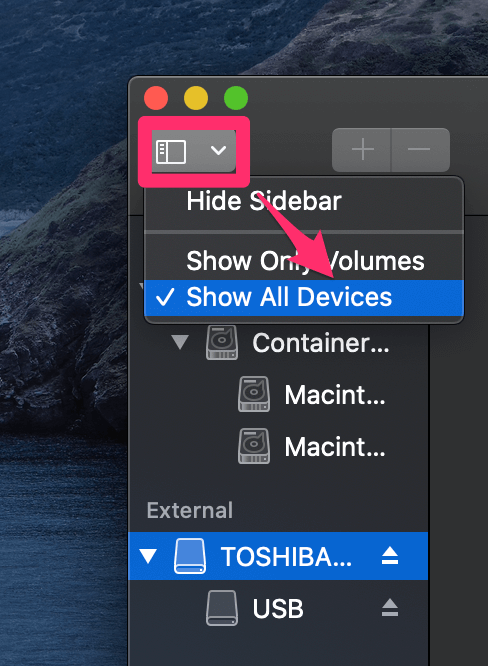

- #HOW TO FORMAT MY HARD DRIVE FOR BOTH MAC AND WINDOWS FOR MAC#
- #HOW TO FORMAT MY HARD DRIVE FOR BOTH MAC AND WINDOWS UPDATE#
- #HOW TO FORMAT MY HARD DRIVE FOR BOTH MAC AND WINDOWS ARCHIVE#
- #HOW TO FORMAT MY HARD DRIVE FOR BOTH MAC AND WINDOWS SOFTWARE#

A hard drive or an ultra fast SSD (Solid State Drive) has a file system on it.Ī file system is how your Windows computer or Mac stores and finds your documents on that external drive. So, What Is The Issue? Why Doesn’t My External Hard Drive Just Work?Įach drive, whether internal or external. So that both computers can use that external drive’s storage without you losing any data. Without reformatting your original hard drive. Then have your share documents on that drive. Both a Mac and a PC can read an ExFAT drive.

This allows you to use Disk Utility on that drive to format it to ExFAT. It interprets what is on the external hard drive so that your Mac or PC can read and write to the drive.
You get a piece of software that sits on your Mac.
Options For Having An External Hard Drive For Mac And PC Without Reformatting 1.
And What Do You Do With The Spare External Hard Drive When You're Done?. Options For Making An External Hard Drive For Mac And PC Without Reformatting. How Much Do You Want To Spend On The Solution? Which Computer Are You Planning To Use Your External Hard Drive Most On? Before You Decide How You're Going To Fix Your External Hard Drive For Mac And PC Without Losing Any Files. So, What Is The Issue? Why Doesn't My External Hard Drive Just Work?. Options For Having An External Hard Drive For Mac And PC Without Reformatting. See our recommendations for the best external SSDs for Mac. APFS is always a preferred option for SSD if you want speed, better storage space management, and error-free backups. But if performance and compatibility matter to you, stay with HFS+. When your backup mode is via an external hard disk, you can go with APFS if performance is less critical than storage efficiency. You’ll be able to store far more backups in less time and space. They generally include many different versions of the data, even copies of those files that have been deleted.ĪPFS, as we know, is an attractive option because it uses storage space more efficiently. The whole outcome changes when you’re doing versioned backups. If your sole purpose is to archive the data, you don’t need APFS.
Do you have a preference for certain backup apps or use Time Machine?. Are you using External Hard Drive or SSD?. Do you want to use the external drive to share with a Windows PC or Linux?. Do you want to use the external drive for data archival or backups? And do you want to use the same drive on other Macs, then note the macOS version and model. It also doesn't require complicated ACLs and file attribution systems like NTFS.īut before you convert from HFS+ to APFS, consider the following factors: exFAT has no realistic file or partition size limits. exFAT is the preferred file format for flash storage drives that you share between Windows and Mac. Microsoft designed this to provide similar compatibility to FAT32 without the pesky limitations. Manufacturers like Seagate lets you read and write data interchangeably on Windows and Mac without formatting the external drive. You can only access drives formatted with HFS+ on Windows through third-party apps. Even if you’re using SSD as a Time Machine drive, it’s not compatible with APFS. For Time Machine backups, use MacOS Extended (Journaled) if it’s a mechanical hard drive or if you’re using macOS Catalina or earlier. If you have older Macs (pre–2016), particularly those too old to update to a recent version of macOS, choosing HFS+ will enable you to use your external drive with those machines.







 0 kommentar(er)
0 kommentar(er)
